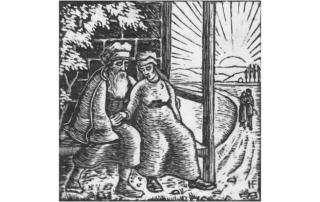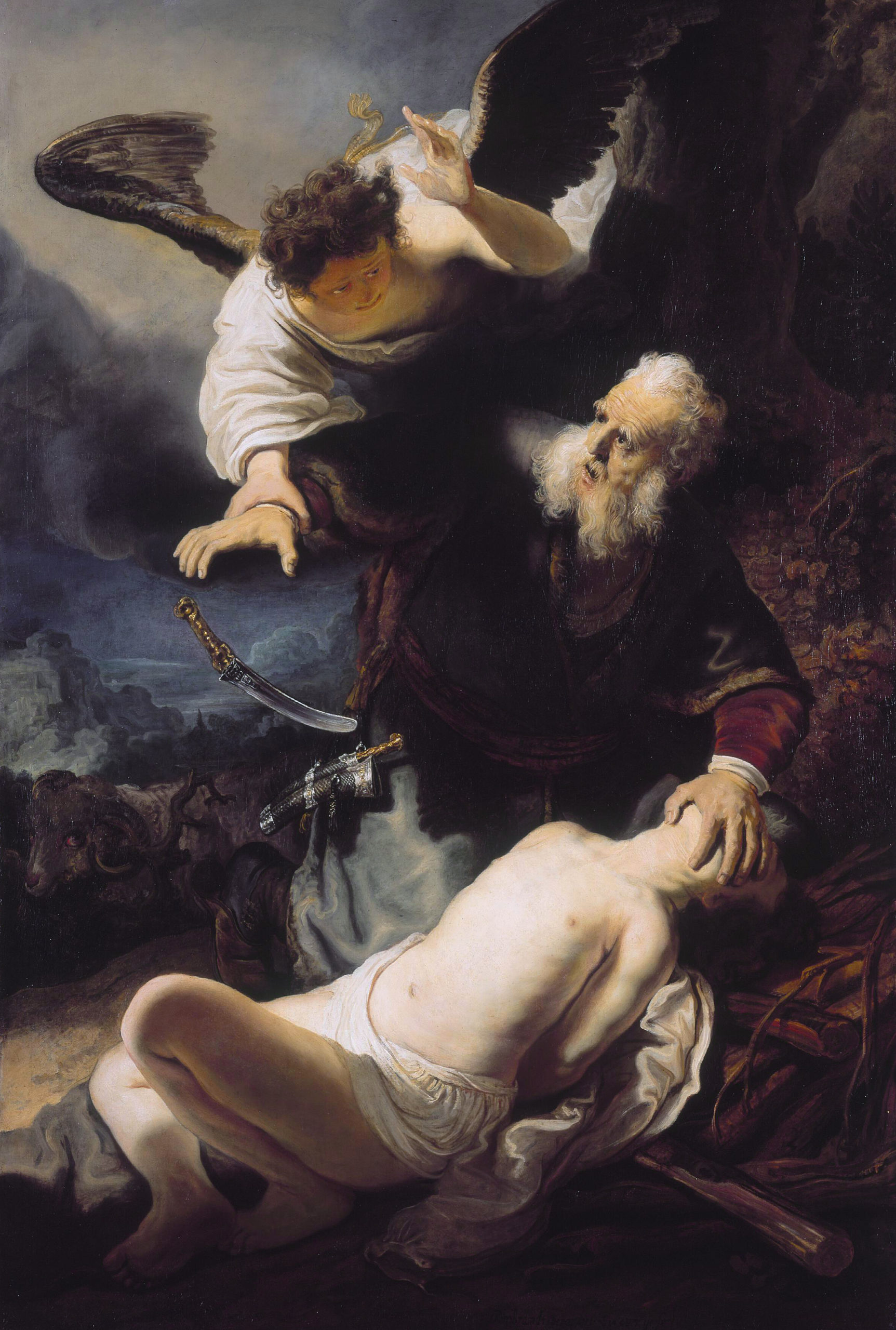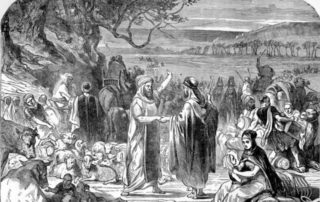Hagar and Keturah II—Exegetical Parsimony and Structuralism
And Abraham took another wife, and her name was Keturah. (Genesis 25:1) The Written Torah (Torah shebi-Khtav) tells us only that Abraham took another wife, and her name was Keturah. The oral Torah (Torah shebeal-Peh) provides more details. The midrash Genesis Rabbah quotes Rabbi Judah the Prince arguing that Keturah was none other than Hagar, who returned to Abraham and was renamed: Keturah: This is Hagar. She was called Keturah because her deeds were as pleasant as keturah (incense), and because she remained chaste (katrah, from the Aramaic for “restrained”) and did not consort with another man from the day she separated from Abraham. (Genesis Rabbah 61:5) The Western Targumim,[1] Zohar, Rashi, and Maharal[2] take the same position, citing this midrash in their commentaries on this verse (Genesis 25:1). Other classical commentators, such as [...]








